When selecting the appropriate glove, the following characteristics should be considered:
- Degradation rate,
- Breakthrough time, and
- Permeation rate.
Degradation
Degradation is the change in the physical properties of a glove material. Degradation typically appears as hardening, stiffening, swelling, shrinking, or cracking of the glove. Degradation ratings indicate how well a glove will hold up when exposed to a chemical. When looking at a chemical compatibility chart, degradation is usually reported as E (excellent), G (good), F (fair), P (poor), NR (not recommended), or NT (not tested).
Degradation is one critical factor when choosing a glove and is usually the first test. Degradation alone can be enough to disqualify a glove for use with a particular chemical.
Permeation
Permeation rate involves absorption of the chemical on the surface of the glove, diffusion through the glove, and desorption of the chemical on the inside of the glove. Resistance to permeation is usually reported as E (excellent), G (good), F (fair), P (poor), or NR (not recommended). If chemical breakthrough does not occur, then permeation rate is not measured and is reported ND (none detected).
Breathrough
Breakthrough time is the time it takes for a given chemical to pass through the glove material. The time noted generally reflects how long a glove can be expected to provide resistance when totally submerged in the test chemical.
Most manufacturers do not test permeation or breakthrough time if the chemical causes significant degradation to the glove material. Most disposable gloves are not tested for breakthrough time, and are not designed to be fully submerged in a chemical.
For mixtures, it is recommended that the glove material be selected based on the shortest breakthrough time.
Disposable vs. Reusable Gloves
Before choosing the type of reusable gloves to use for a specific procedure or task, check the Permeation and Degradation Charts from the glove manufacturer. We do not recommend purchasing of gloves from a manufacturer that does not provide this data. Glove selection charts only compare reusable gloves. The Ansell Glove Guide may be useful for selecting an appropriate reusable glove. Disposable gloves are made of thinner material and are designed to be discarded after a single use.
Glove Size
Gloves come in several sizes (S, M, L, XL). Try to purchase a variety so that each employee will have gloves that fit comfortably. A glove that is too small or too lage affects dexerity and the employee's ability to do the work safely.
Glove Thickness
The thickness of a glove is an important consideration to prevent skin exposure. Be sure to check the thickness of the glove you are purchasing, and make sure it provides the proper protection. Never purchase a glove that does not specify the thickness of the material.
Although a thicker glove may provide greater protection, dexterity may be limited or reduced.
Powdered vs. Non-Powdered Gloves
Gloves come powdered or non-powdered, but Risk Management discourages the use of powdered gloves. The powder is usually cornstarch and is used to lubricate the gloves, making them easier to put on. The FDA has a report on the potential adverse health effects of using a powdered glove and has now banned their use. There is increased potential for the development of an allergy to the glove material. Powdered gloves are being discontinued by many manufacturers.
Donning and Doffing Gloves (putting on and taking off)
Contamination can spread easily if you do not remove disposable nitrile gloves correctly. This video can help ensure that you are wearing the correct size glove, checking it for holes or tears and shows different ways that you can safely remove disposable nitrile gloves and not contaminate yourself.

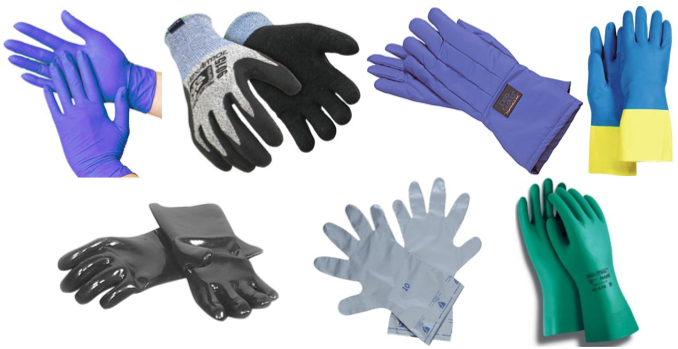
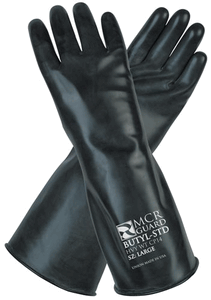 Butyl
Butyl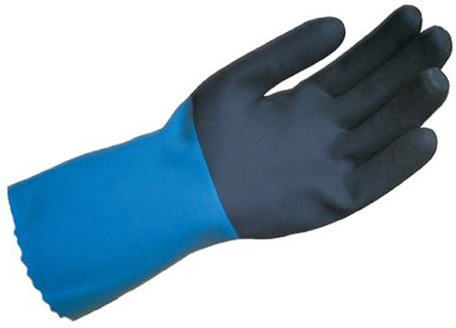 Neoprene
Neoprene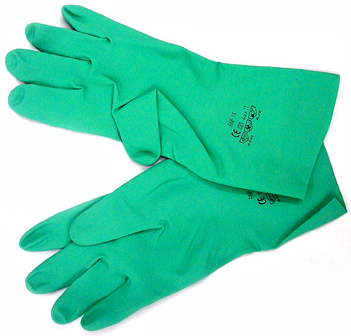 Nitrile
Nitrile PVC
PVC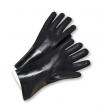 PVA
PVA Viton
Viton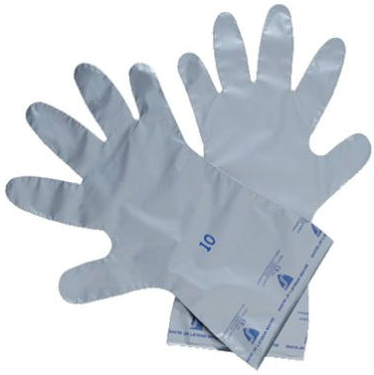 Silver Shield
Silver Shield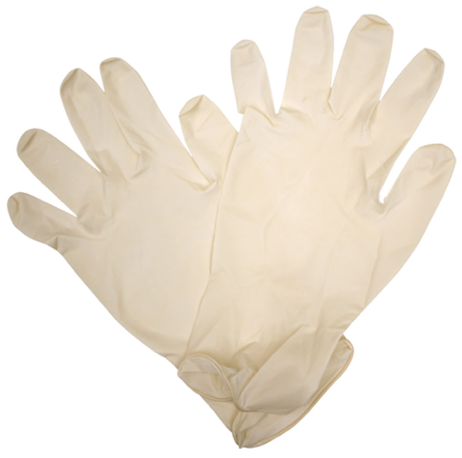 Latex
Latex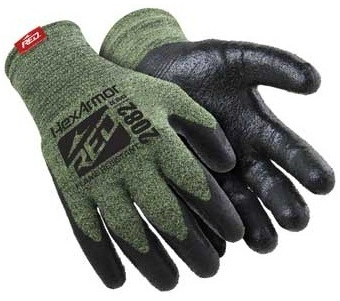 Animal Bites/Scratches/Microtome Blades
Animal Bites/Scratches/Microtome Blades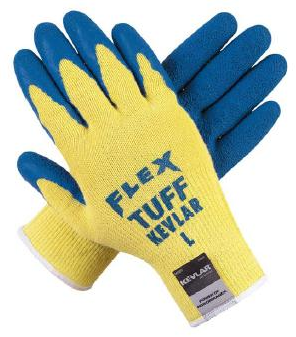 Sharps Hazards
Sharps Hazards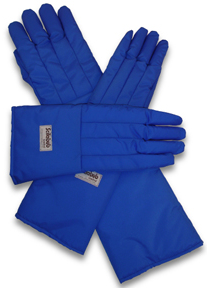 Thermal (Heat/Flame/Cryogenic) Hazards
Thermal (Heat/Flame/Cryogenic) Hazards